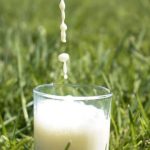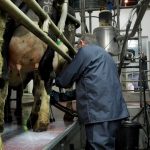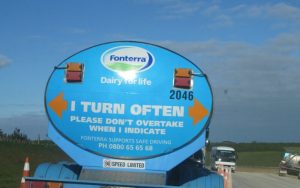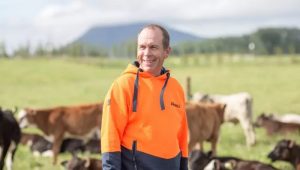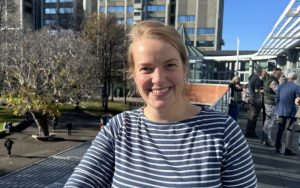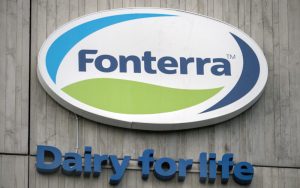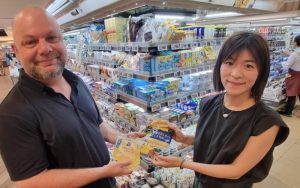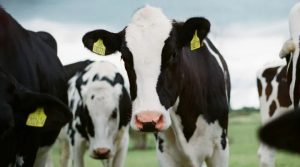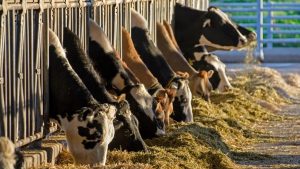
Chief Operating Officer Fraser Whineray said much progress has been made in the last few years to bring the co-op to a position where it can fulfill this promise.
“With customers in more than 140 countries, we have global insights and long-term trends to support these actions, which have been underway for some time,” Fraser said.
“Last year, after making thousands of improvements across our site here in New Zealand, we achieved our goal of reducing energy intensity by 20% from the 2003 baseline.”
Recently, the company was able to reduce coal usage by 10% after converting the Te Awamutu site to burning wood pellets.
The conversion or replacement of existing coal boilers to renewable energy is an important logistical, technological and financial endeavor.
“We have built a lot of capabilities with our partners both internally and externally in New Zealand, which gives us the peace of mind that our solution is sustainable,” says Fraser.
“We already have the lowest carbon dioxide emissions of any of the major milk producers in the world and we want to further strengthen this competitive advantage.”
Fonterra states that the Climate Change Commission’s recommendations are largely in line with the steps taken by co-operatives to put sustainability at the center of all activities.
Other important aspects to Fonterra’s submissions are increased use of electric vehicles and support for the use of low-carbon fuels, and the transfer of one-third of light fleets to EVs and more charging stations installed at the site Includes a new policy called.
Recent deployments of milk bat monitoring systems on dairy farms have also created opportunities to optimize tanker pickup schedules. This will allow Fonterra to reduce its tanker budget by five from 2022.
“We also need to be able to bring the right professional skills and equipment into the country at the right time, beyond the broad capabilities of the field,” Fraser said.
“And we need to provide a safe gas supply to our existing gas-fired boilers.”
Fraser said the conversion is done in a way that has as little impact on the customer as possible.
“We are working on this transition, but we need to make sure that it meets the needs of our customers and can process the milk of the farmer’s owner,” he said.
“There is only a small time frame between each milking season that the rest of the site can do the engineering work needed to make significant changes.”

